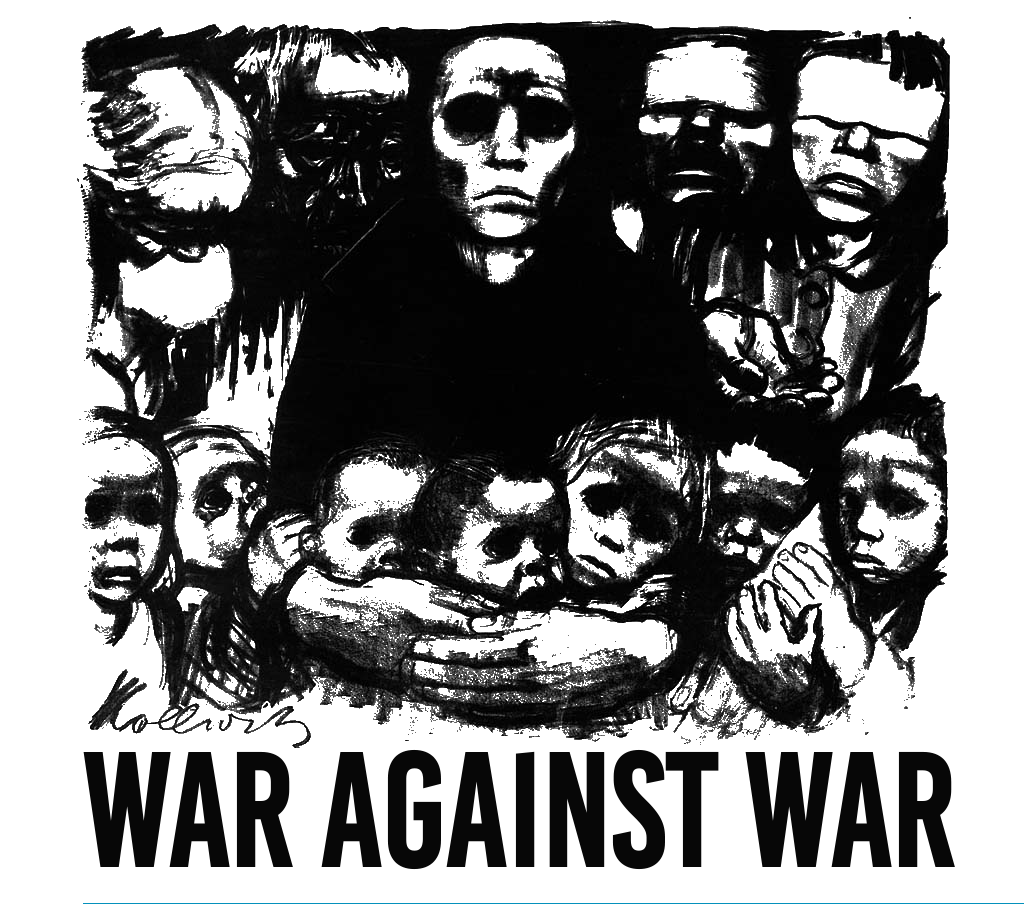Violent conflict is the key driver in global food crises. In response, researchers, humanitarians and policy stakeholders have sought to better predict, analyse and respond to food crises in conflict-affected contexts. However, efforts to model conflict’s impacts on hunger typically focus on ‘conflict’ as an aggregate category, rarely distinguishing between violence that directly involves food and food systems from wider insecurity. This study proposes a narrower measure of ‘food-related violence (FRV),’ in which food and food systems feature in acts of political violence. The study asks: to what extent is FRV a driver of food crises? To answer, it develops a measure of disaggregated food-related violence from the Armed Conflict Location & Event Dataset, then tests the comparative strength of the relationship between FRV and subsequent food crises in 16 Sub-Saharan African contexts, drawing on food security data from the Integrated Food Phase Classification system and Cadre Harmonisé. The analysis finds that FRV is more strongly correlated to subsequent food crisis than either general – or other subcategories of – violent events across the sample, pointing to the distinct profile of this modality of violence. The findings suggest that researchers, policymakers and practitioners seeking to understand and address the conflict–hunger nexus would benefit from integrating a measure of this specific modality of violence, as existing approaches with a broad focus on conflict-driven food crises may obscure the extent to which FRV, specifically, contributes to hunger.
This was originally published on SAGE Publications Ltd: Journal of Peace Research: Table of Contents.
